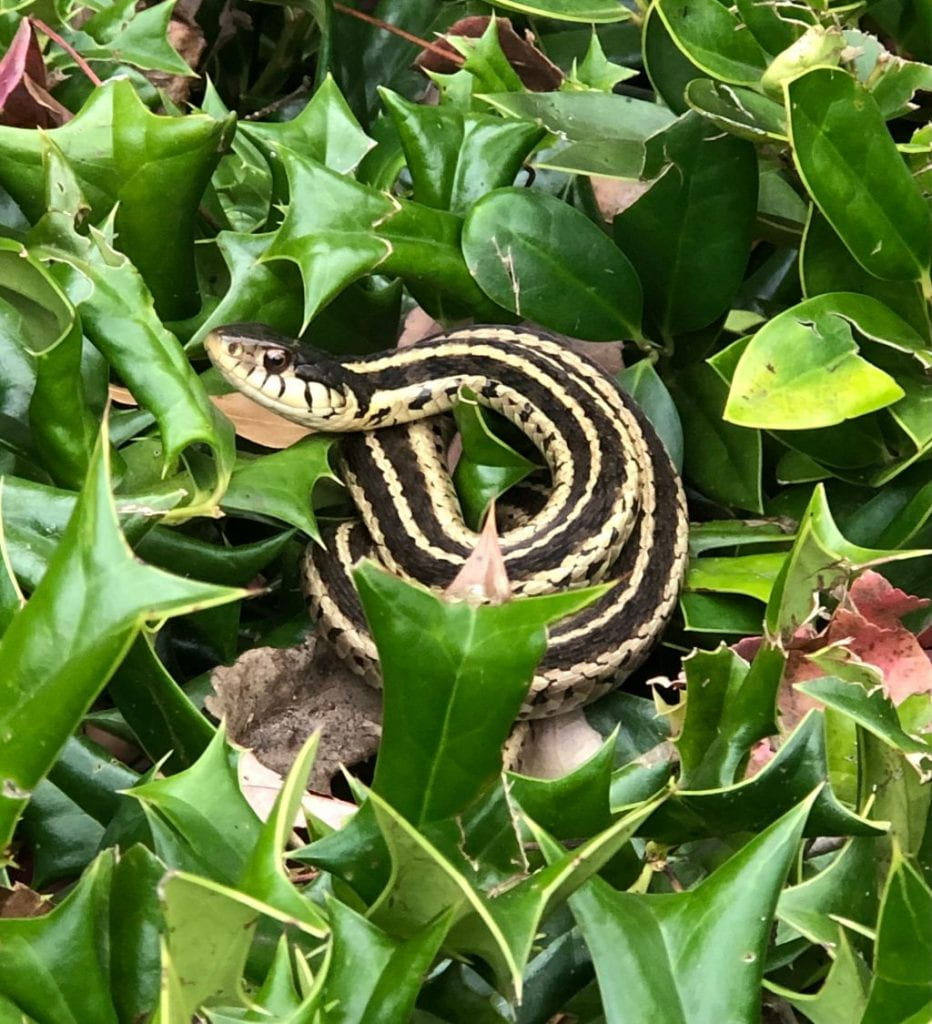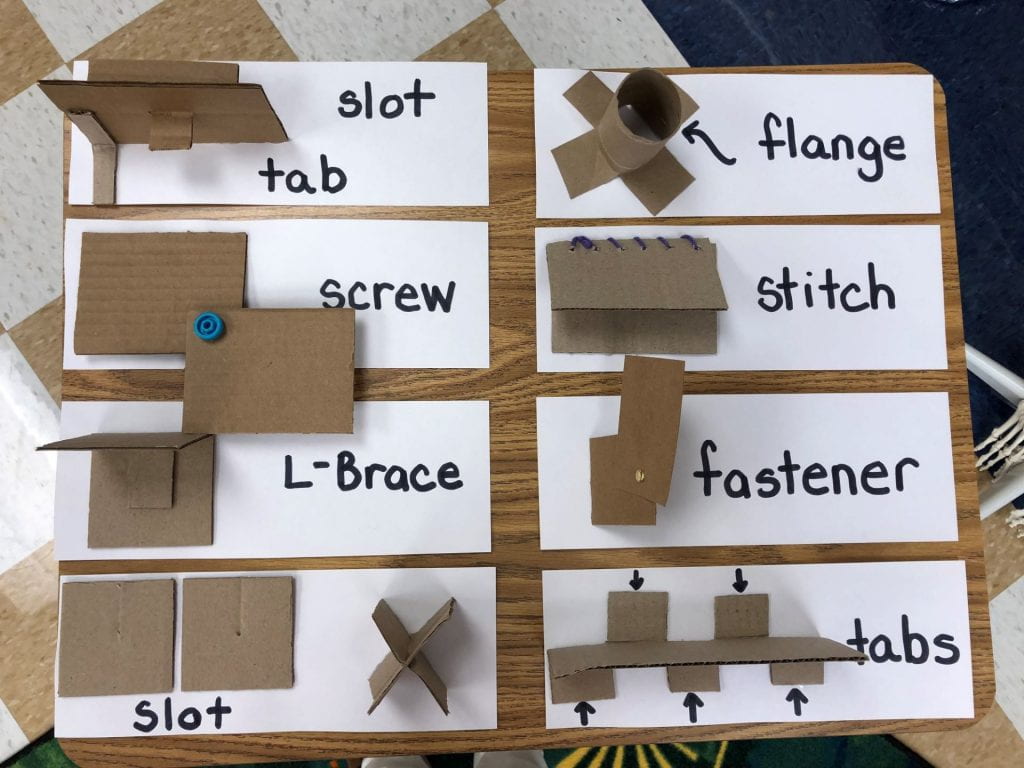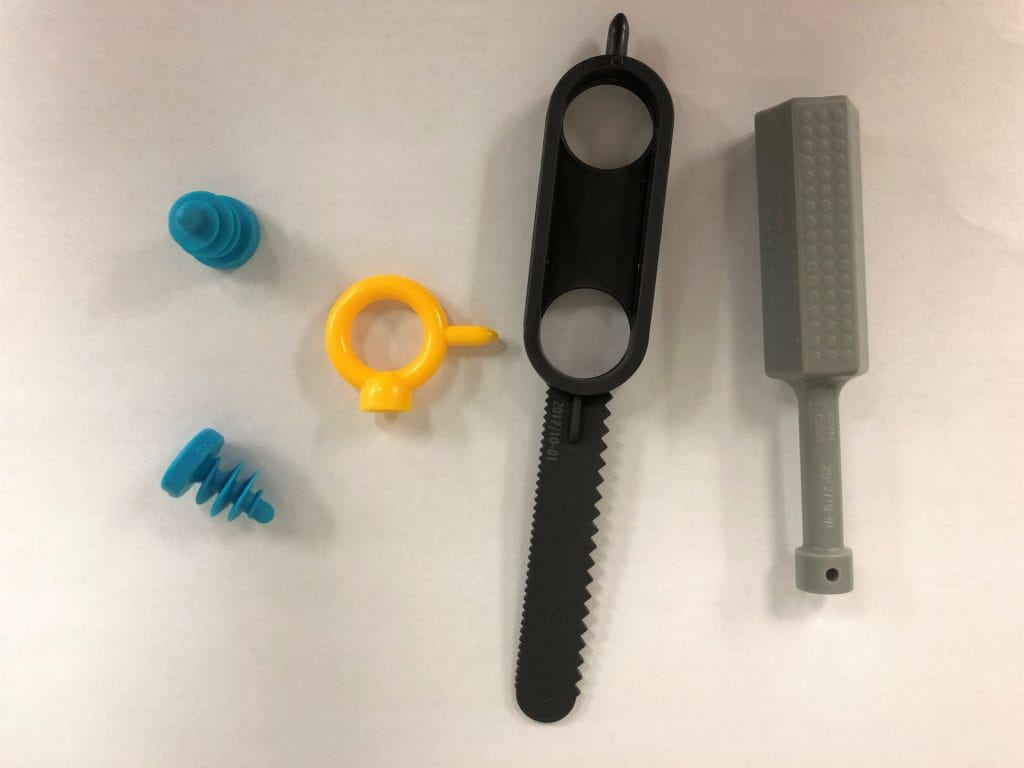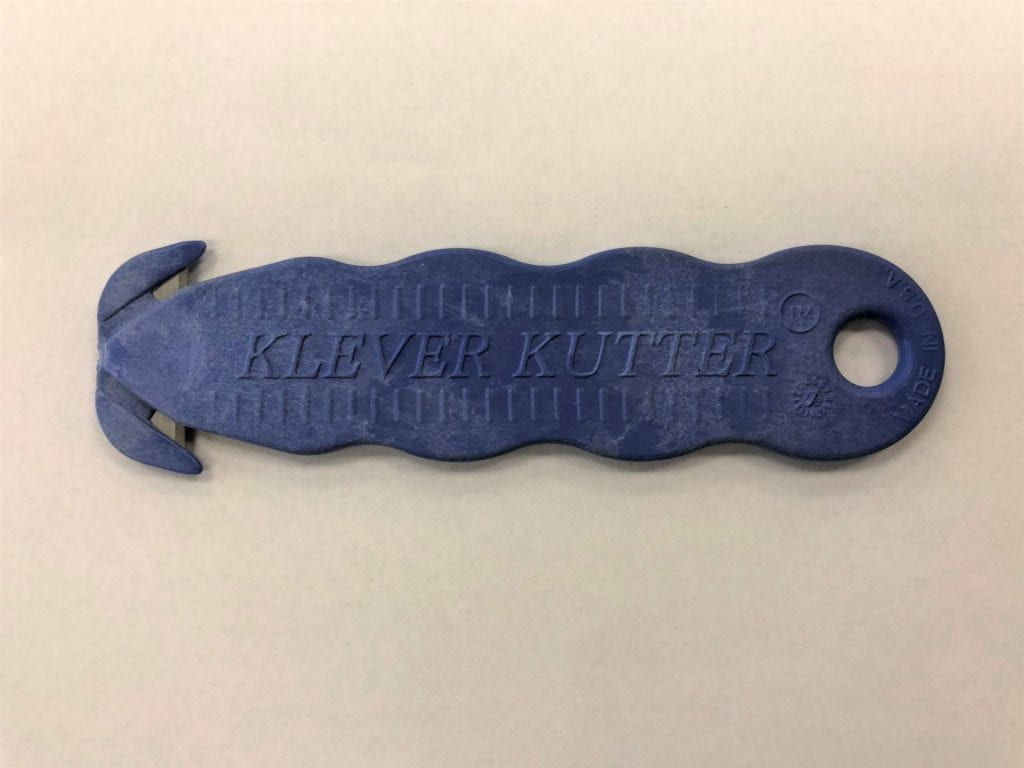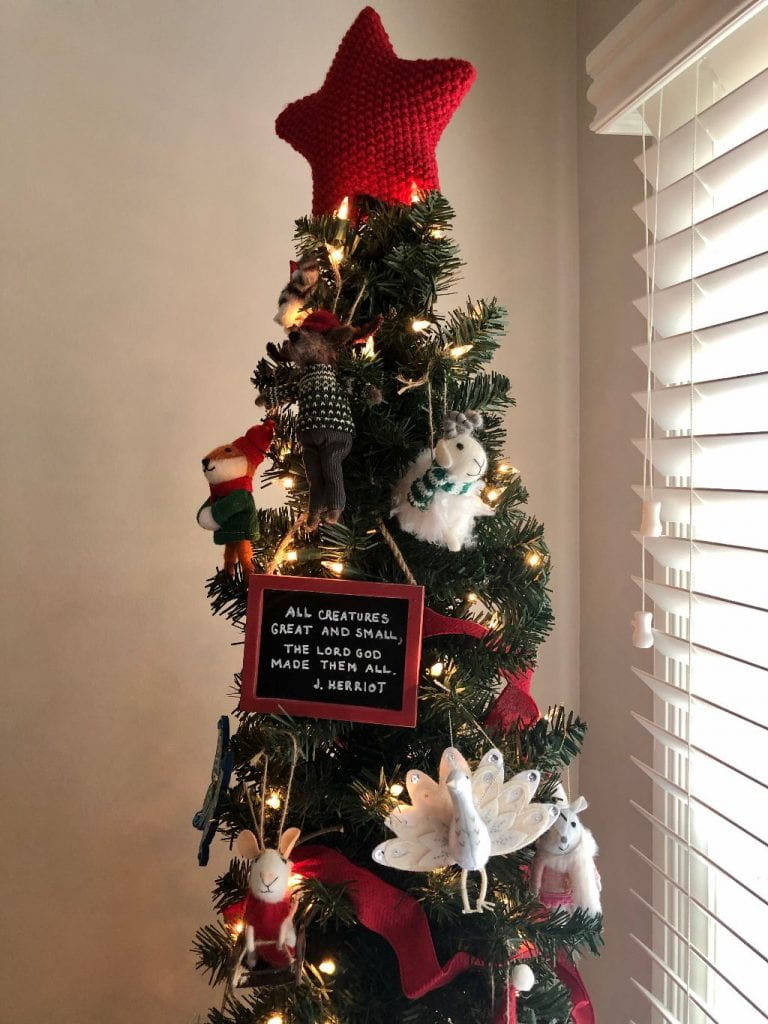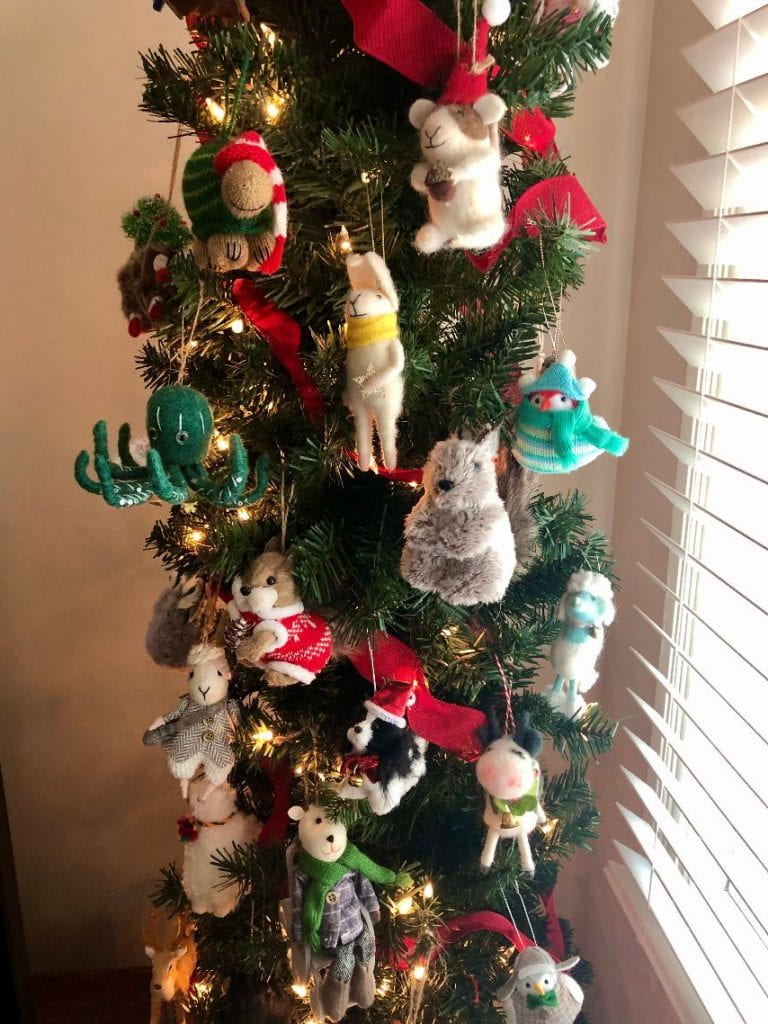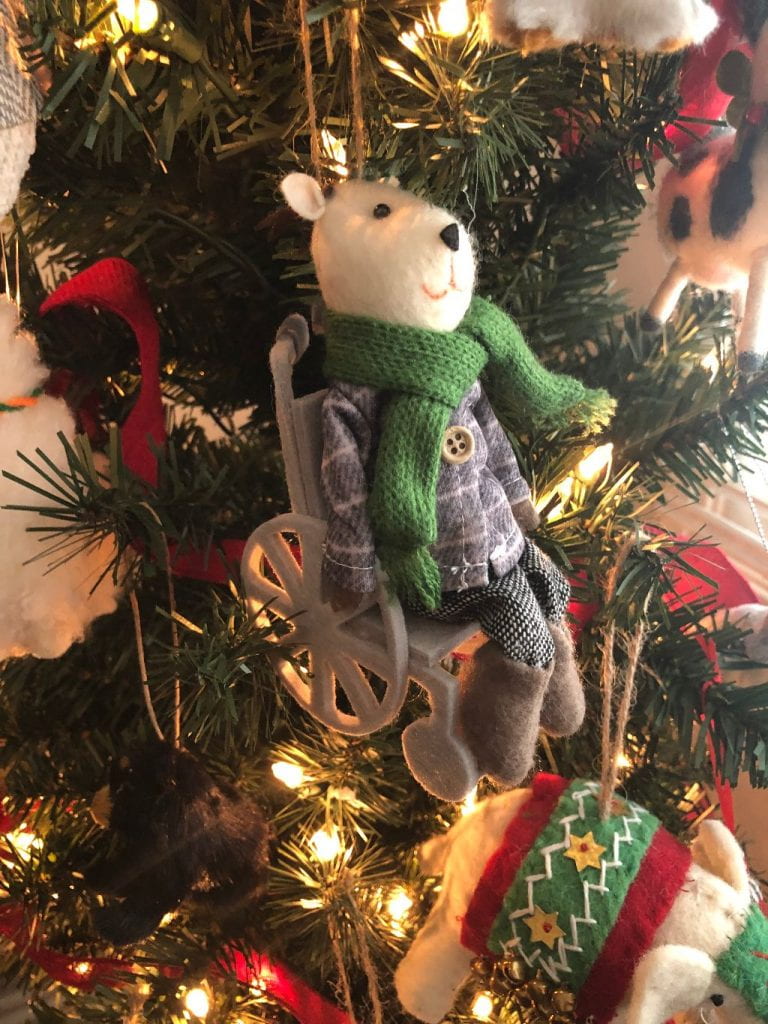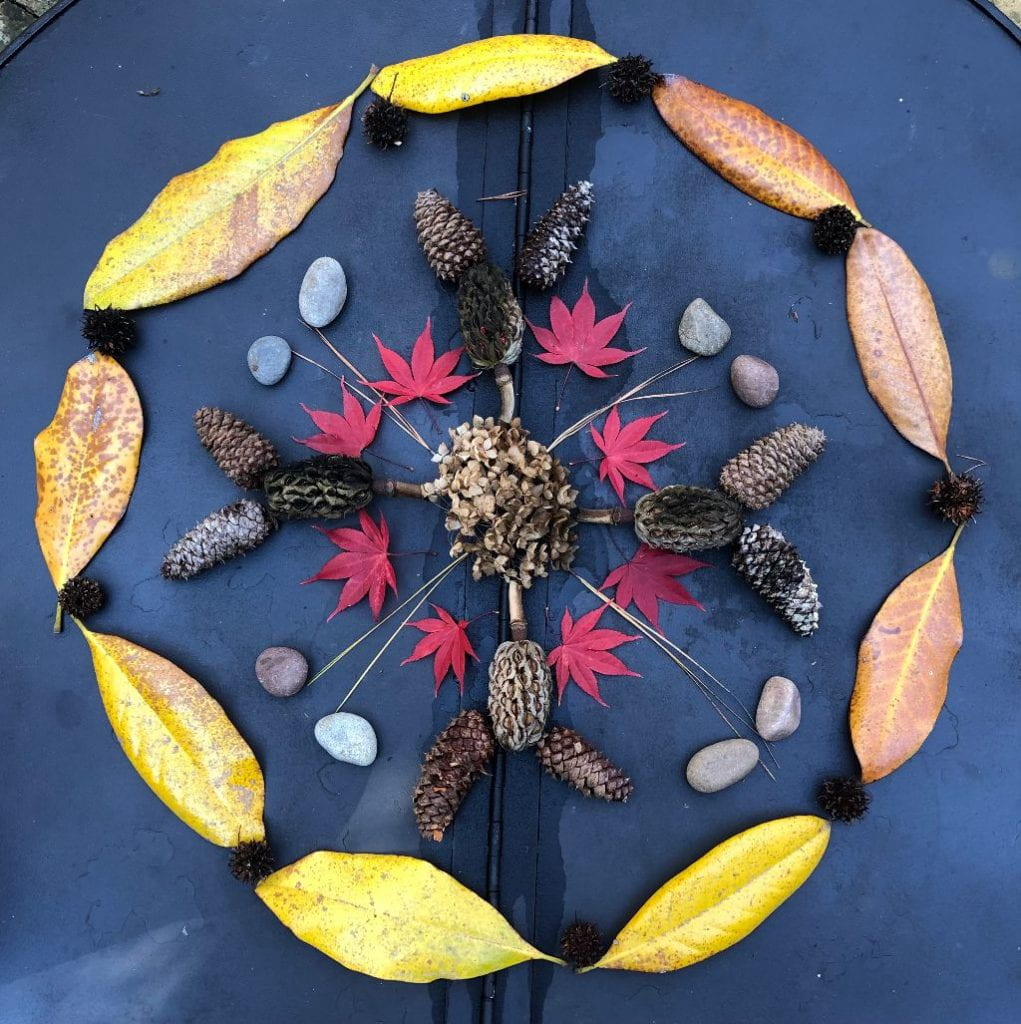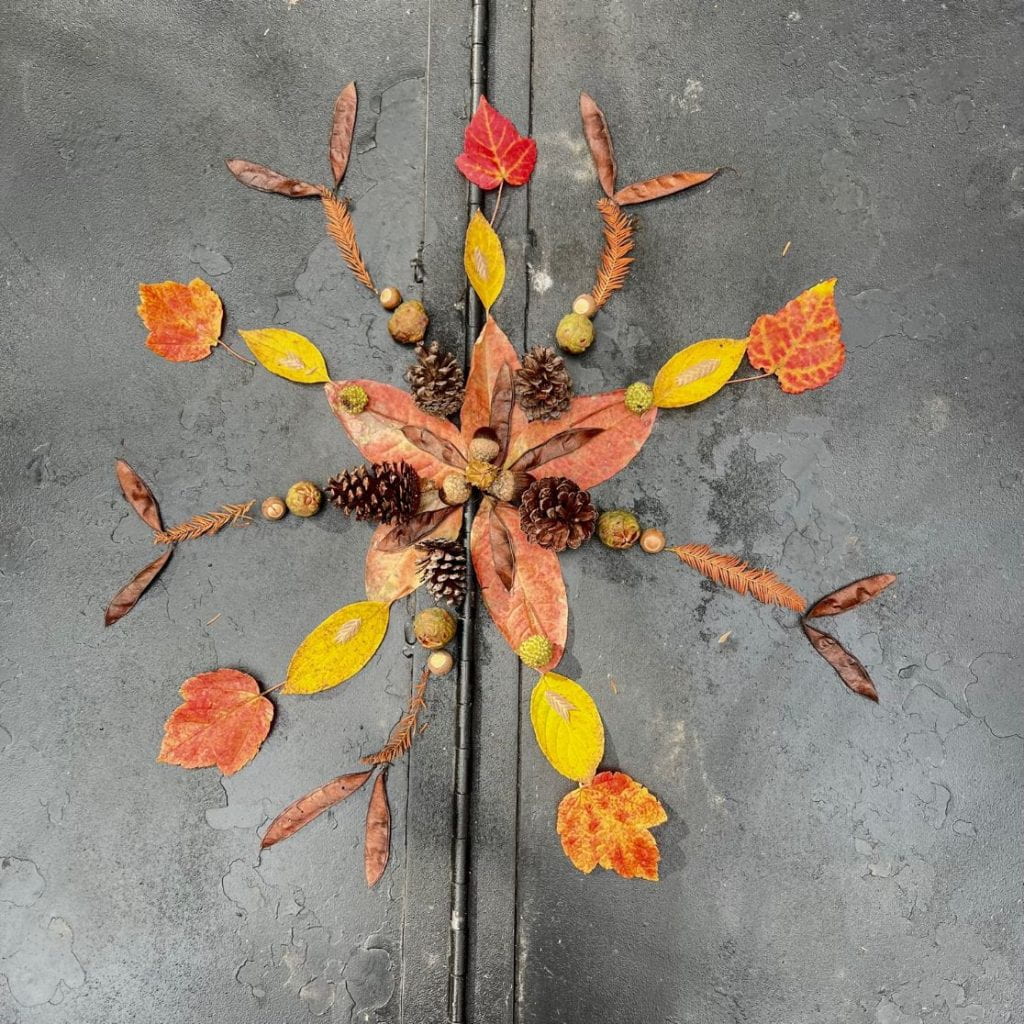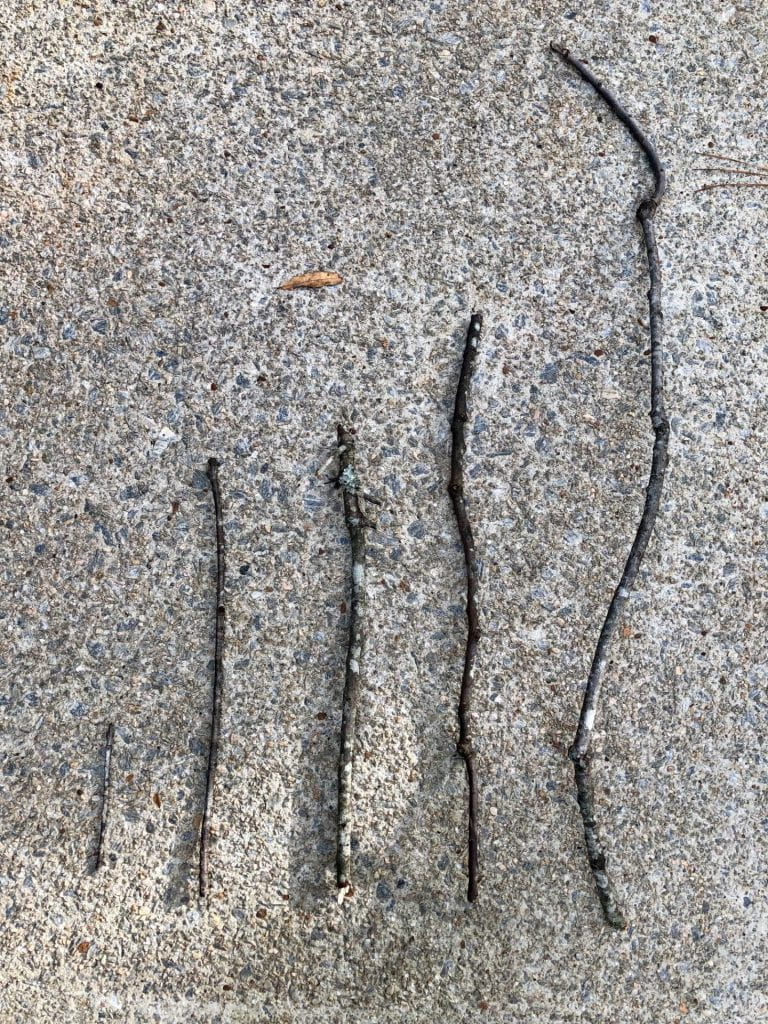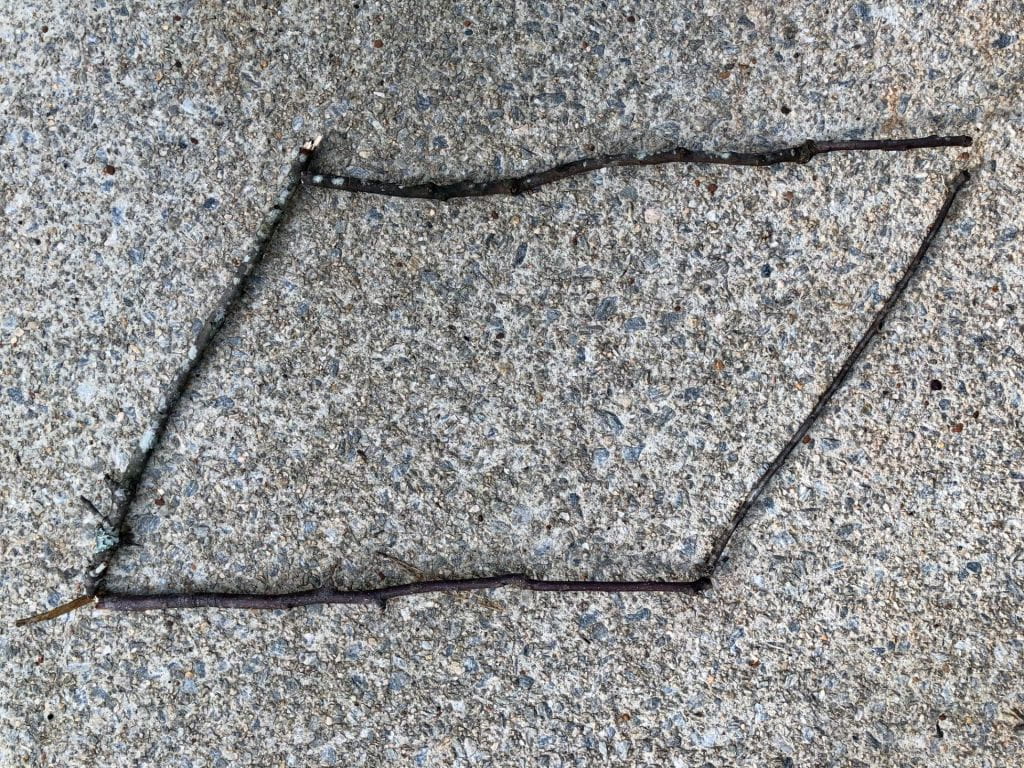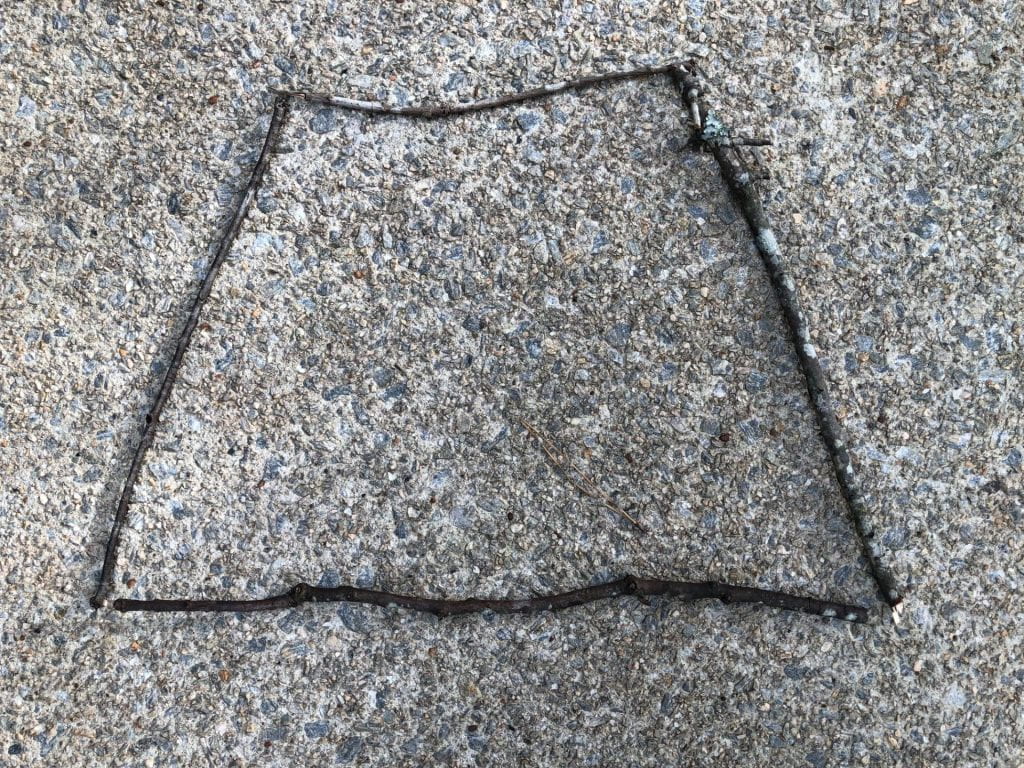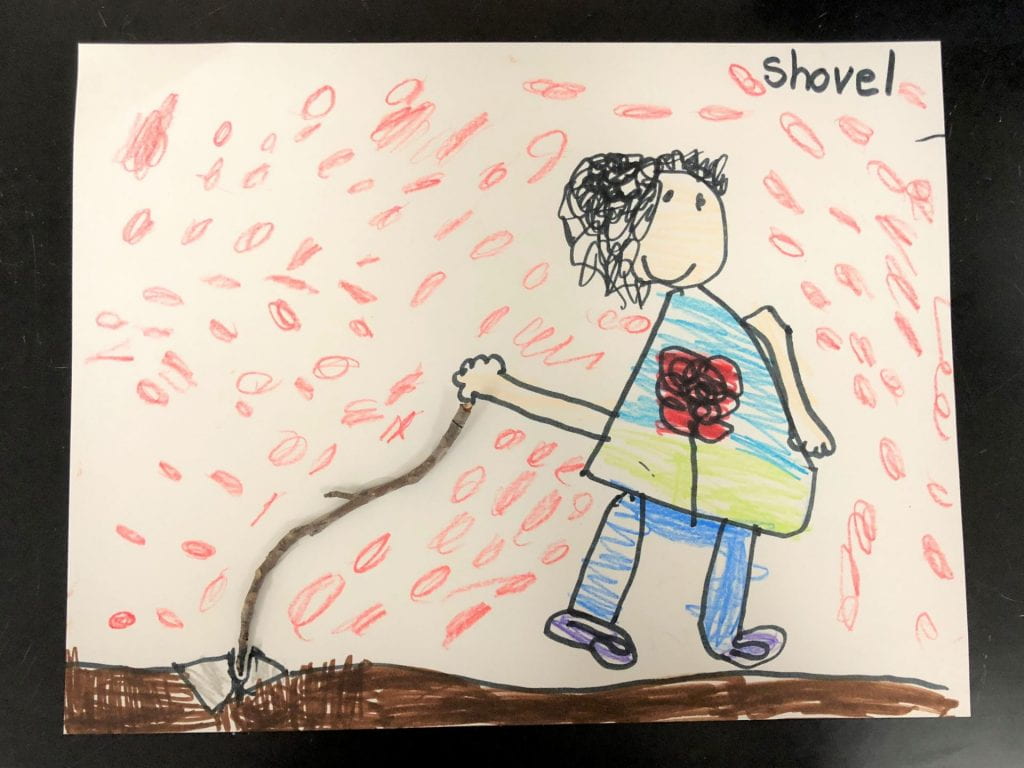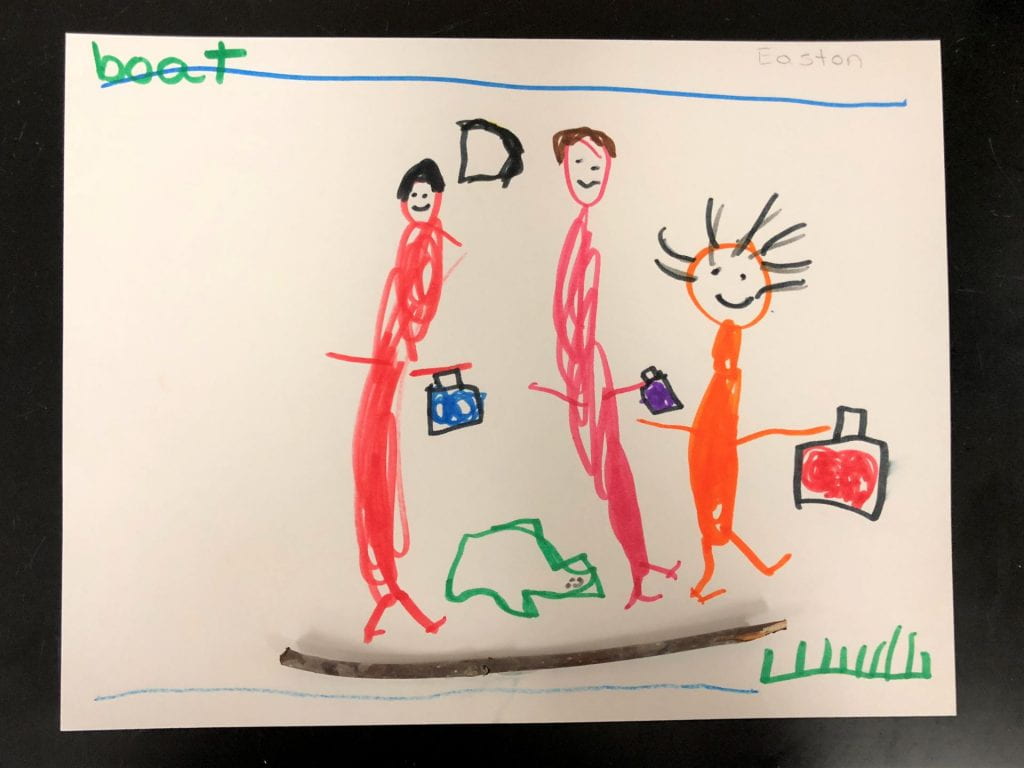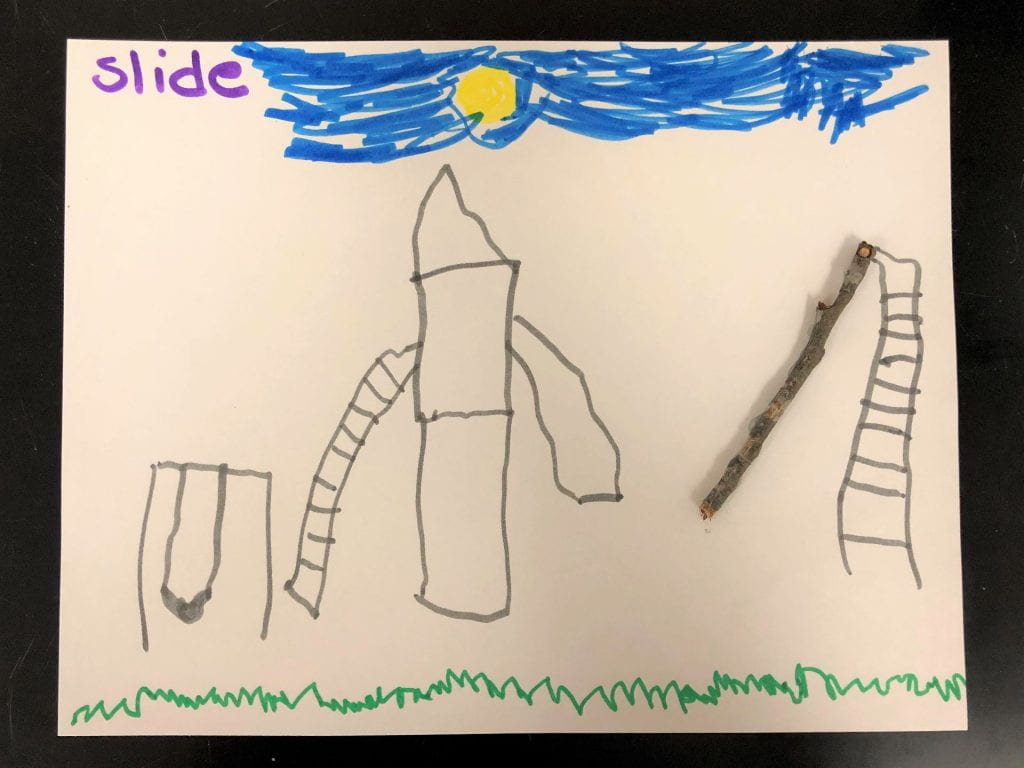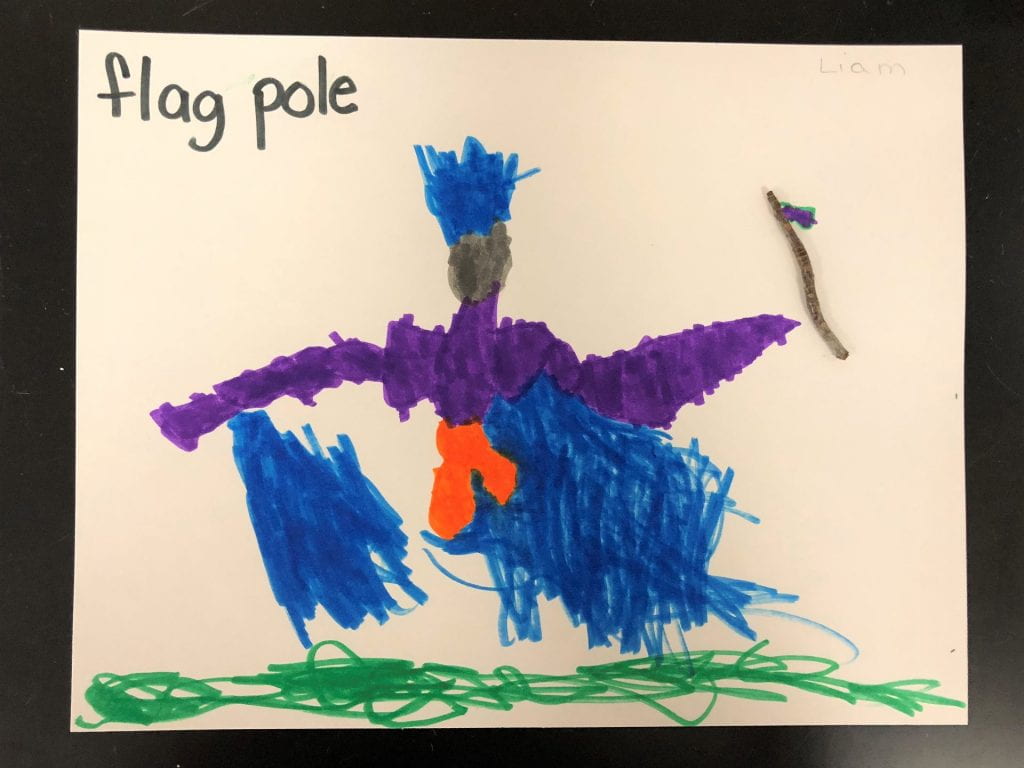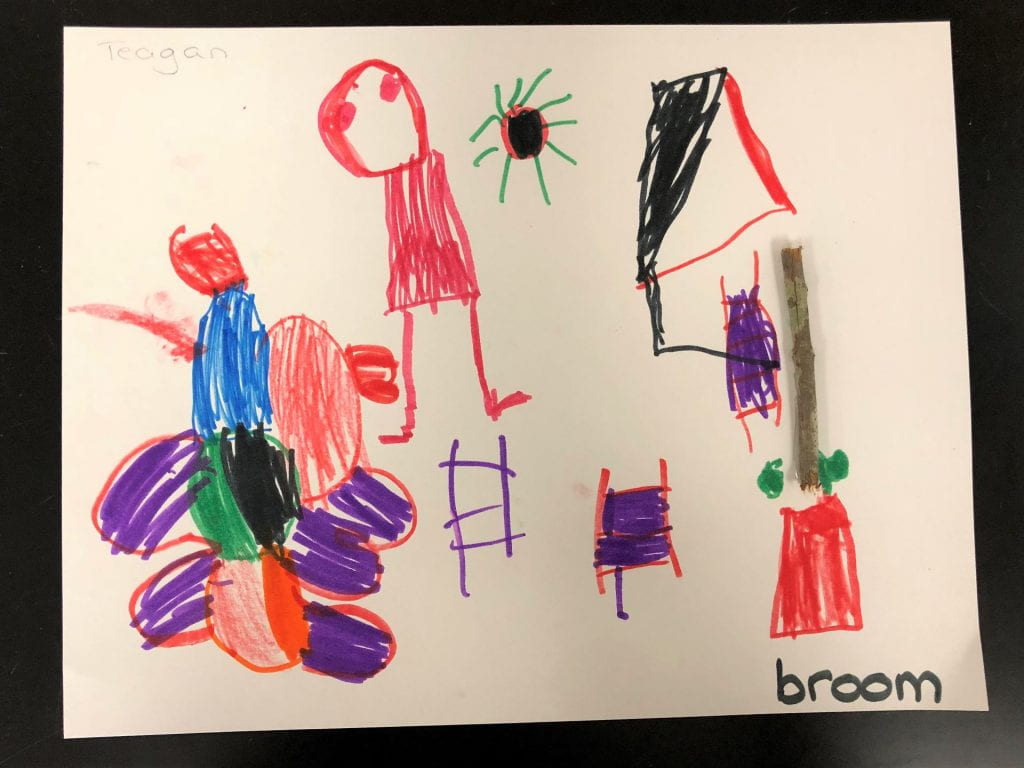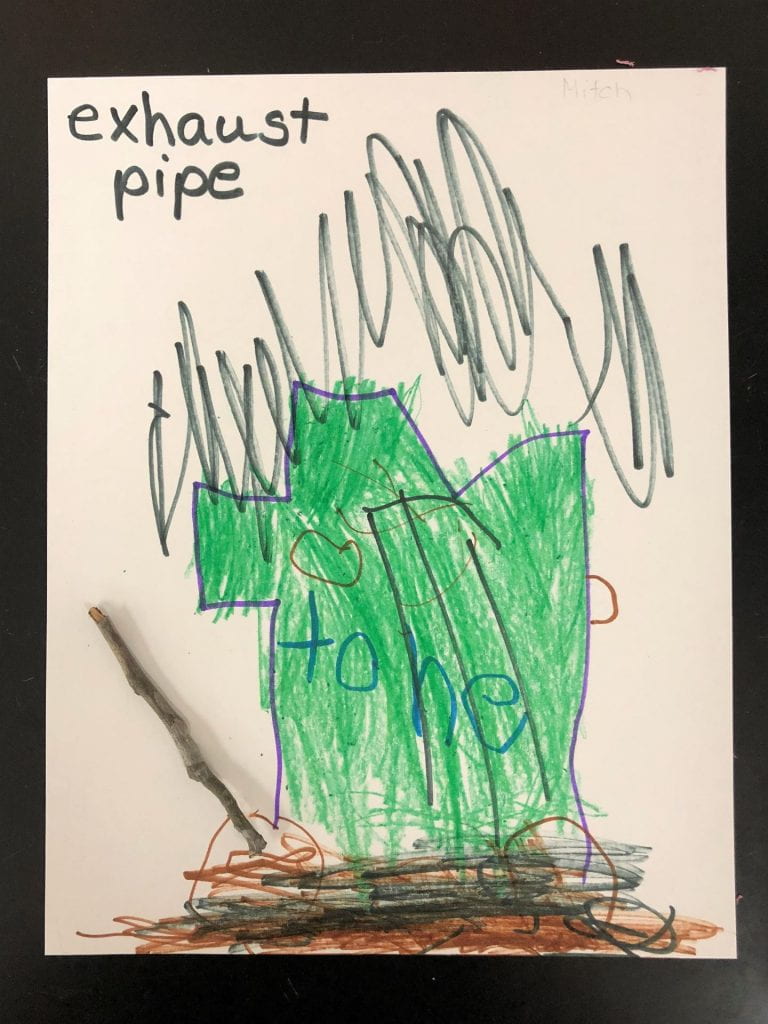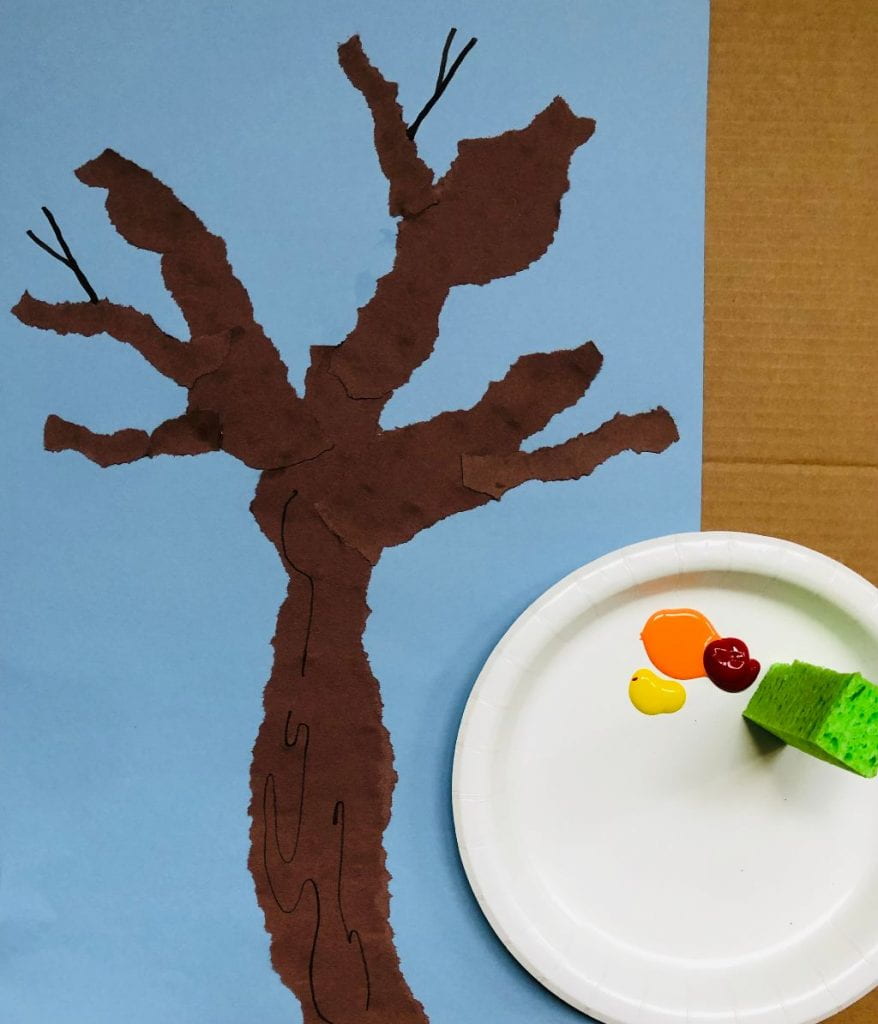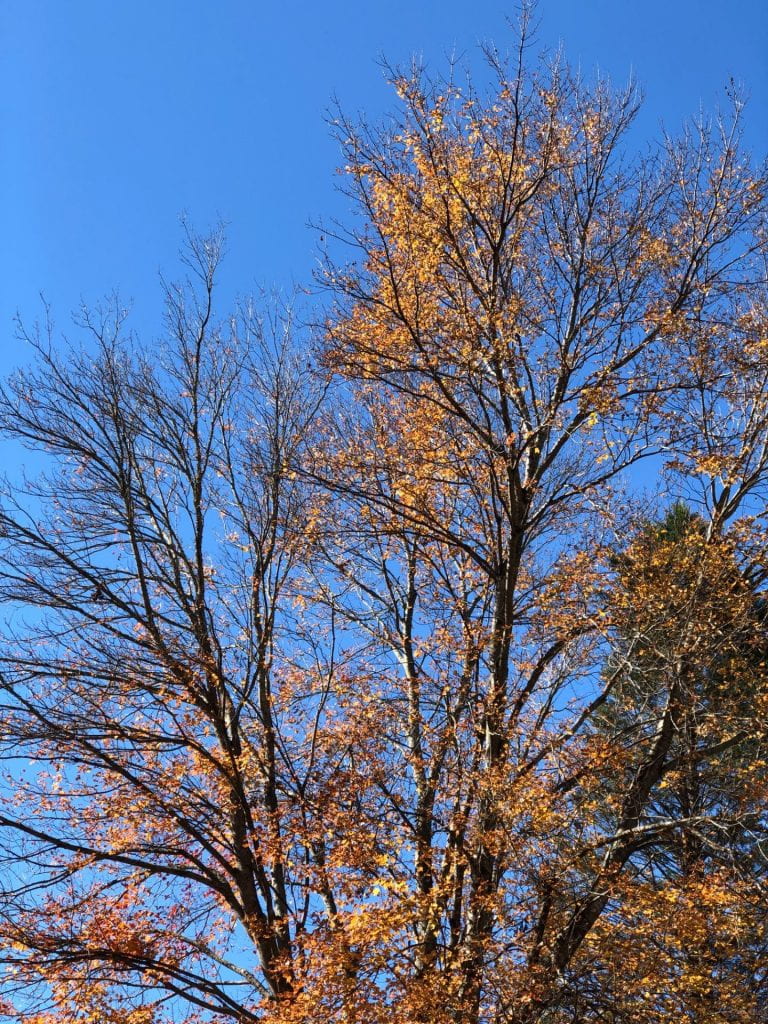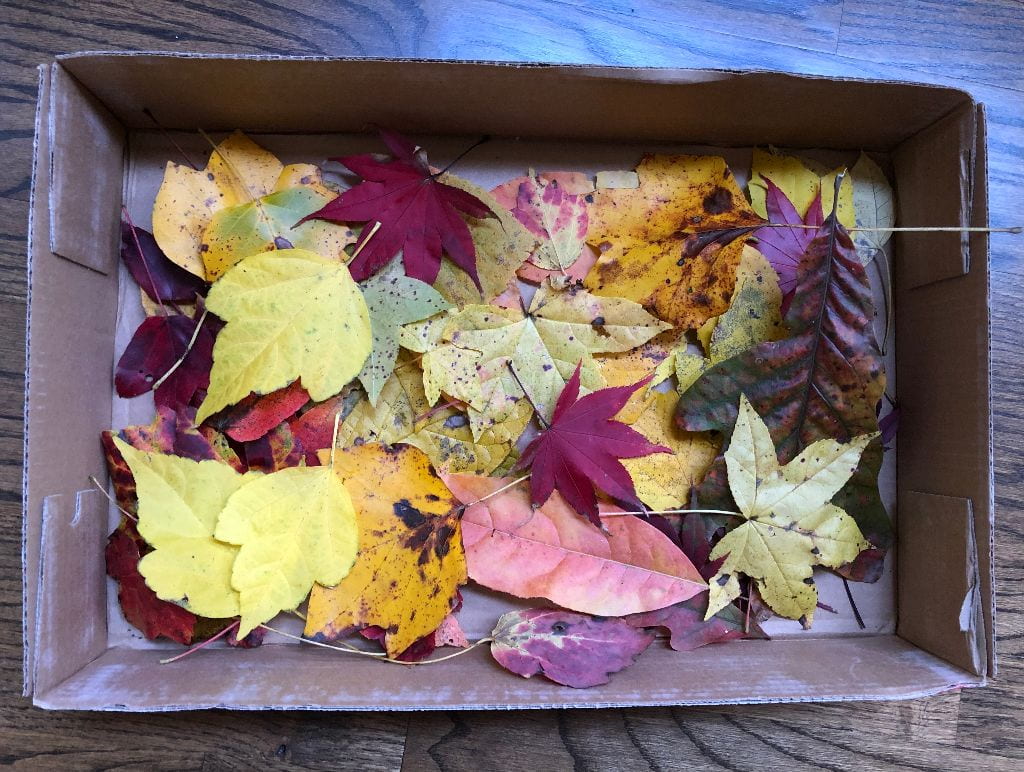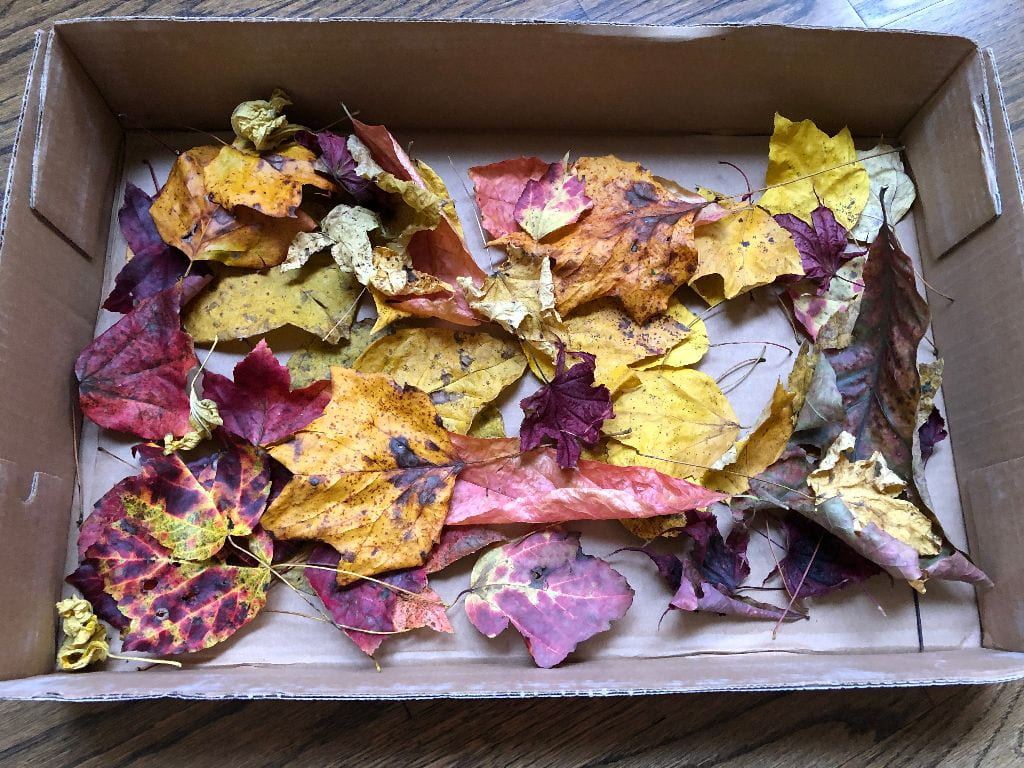Another Use for Amazon Boxes
Many of us are receiving boxes this time of year. They are a great tool for engineers! Create something with boxes as a family or assign the activity as a virtual assignment. Use the following books for inspiration:
Click here and here for the Safeshare links.
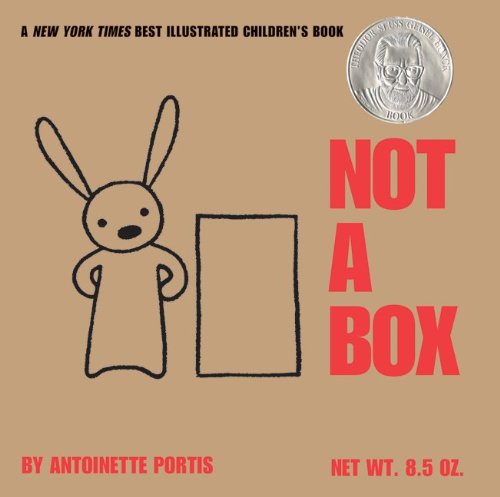
Click here for the Safeshare link.
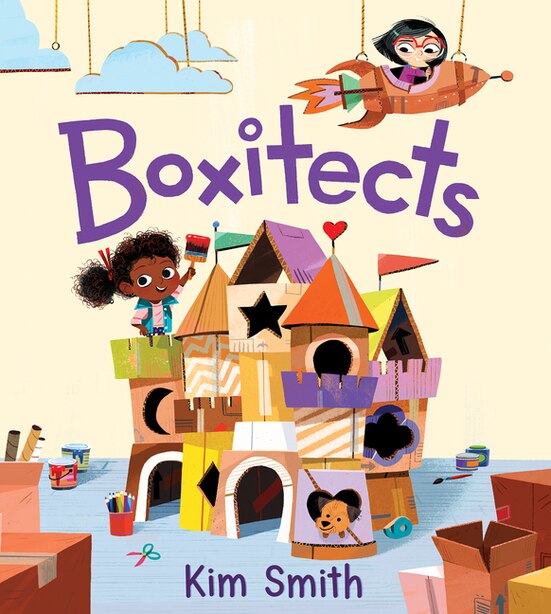
Because she isn’t able to purchase a dollhouse like her friend, this young girl decides to make her own with cardboard.

Click here for the Safeshare link.

There are many ways to attach cardboard with minimal tape and glue.
Check out a kit called makedo. The kit includes screwdrivers, screws, saws, and a variety of other items to build with cardboard. Click here for more information about makedo.
Click here to learn about five tools to cut cardboard safely. Children can easily and safely make straight cuts with Klever Kutters.
I have found canary scissors a useful tool for home and school. If cardboard boxes are too difficult for little hands to cut, use cereal and other food cartons.
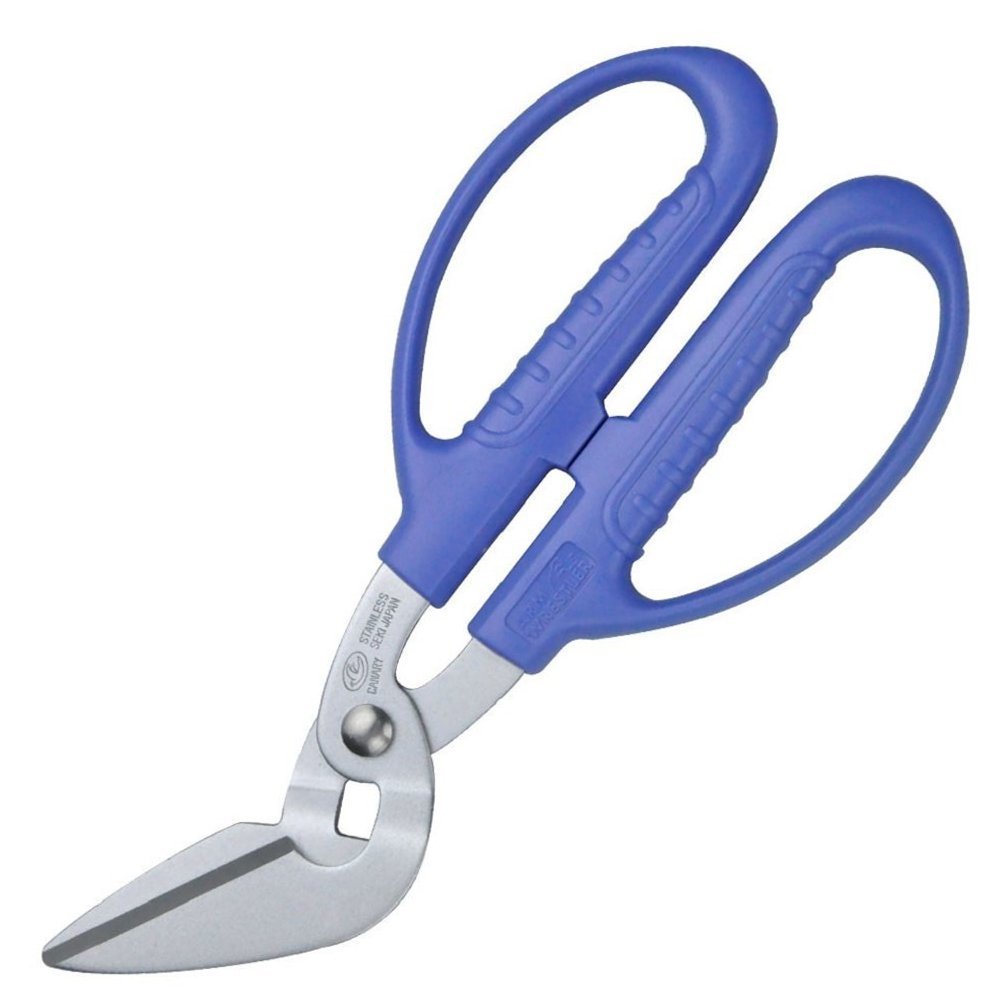
Click here for additional inspiration!
Did You Catch the Palindrome?
Did you catch the date on December 1st? It’s a palindrome! In fact, all the single digit dates this month are palindromes.
Palindromes are words, numbers, or phrases that read the same way forward and backward. Bob, dad, did, mom, peep, radar, race car, pop, toot, eye, Anna, madam, civic, and level are all palindromes. Can you think of any others? Try to write an entire palindrome sentence: Dee saw a seed.
When you add two palindromes together, the sum is another palindrome! 232 + 141 = 373
Christmas Tree for Animal Lovers
Three years ago, I gave my almost 91 year old mother a Christmas tree. She had not had a tree for years. Because she was a fan of Animal Planet, I decided on an animal theme and purchased stuffed animal ornaments to adorn her tree. I have added to it each year since then. It brings her so much joy that it stays up all year! Wouldn’t it also be a perfect tree for a child’s room or a science lab?
My mom is in a wheelchair, so I was excited about this addition.
Land Art Movement
According to Kim Dinan, “Studies show that the average American child spends only four to seven minutes a day in unstructured play outdoors, and seven hours a day in front of a screen.” Yet, there is abundance of research that concludes that outdoor play is critical to a child’s health and development.
Andy Goldsworthy is a renown artist and photographer who creates art from natural objects found on location. He is part of the land art movement.
Using materials that you find on the ground create a work of art. Click here to use this video for inspiration. Amazing!
I left a work of art for others to find. This is a perfect time of year to create land art because of the number of leaves, nuts, and seeds that have fallen to the ground. What a fun family project, as well as a virtual assignment! If you create one, share a photo in the comments.
This project reminded me of the children’s book, Anywhere Artist. Click here for the Safeshare link.
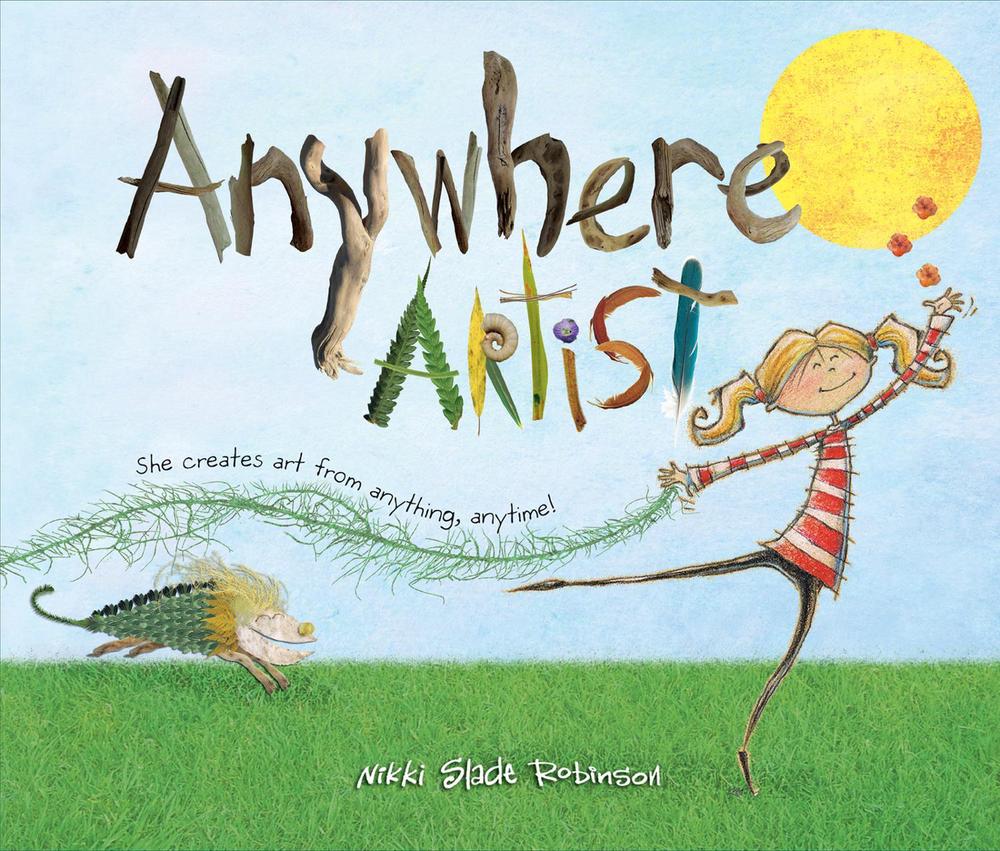
Great Gift for the Science Student
Looking for a an engaging gift for your young scientists? These hands-on science kits are the answer!
“At Steve Spangler Science, we’re on a mission to inspire a new generation of scientists and engineers. A subscription to the Steve Spangler Science Club is an easy way to teach STEM
to children with 5 to 8 hands-on experiments and challenges in each kit, shipped directly to you. Steve Spangler pulled together an award-winning team of science teachers and
education experts to create an experience that is the perfect balance of learning and fun.”
Click here to learn more about the Science Spangler Club.
Sticks!
I am reposting this entry with some new ideas to connect writing, reading, art, science, and math.
Go for a hike and collect sticks. When you return, lay them out and begin to compare and describe them. Think of ways to classify your found objects into groups by length, width, or texture. Are some curved, while others are straight? Do you see lichen on any of the sticks. Write the sorting words on cards and place them next to your groups. Are some sticks equal in length? Choose one stick and then place the sticks that are shorter than that stick on one side and longer on the other. Order the sticks by length. Create shapes with the sticks. Below you will see a trapezoid and a parallelogram. Form letters or words. Is there a way to make a round shape or letter? Outdoor classrooms are the best!
After reading, Not a Stick, take turns dramatizing what a stick might become or do this activity to introduce the story. Divergent thinking is hard work! Who is speaking to the pig? The character is never shown. Safeshare Link for the video below:
Safeshare link for the video below:
Give each student a piece of paper with a stick already glued on it. What will that stick become?
Fall Trees with a Twist
This is a traditional fall art project that fosters the development of fine motor skills, the ability to make refined movements using the small muscles in hands and wrists. These skills are foundational for writing, as well as for many self-help tasks. In the following photos, you will see different options for this project for home or school. I demonstrate the technique, but I never show students a finished product, so that they will use their imaginations.
Don’t miss the connection with science! Before you begin, take a walk and observe the growth of deciduous trees which are trees that lose their leaves each fall. Notice how the branches are reaching toward the sky and how they are thicker near the trunk and thinner near the end of the branches. Observe how smaller twigs grow out of larger branches. Are the twigs and branches straight or curved? Compare the overall shapes of the trees. Touch the bark. Is the texture the same on every tree? Use the terms trunk, branch, limb, twig, and bark. Notice and compare the colors of fall leaves.
Begin with tearing a trunk from a sheet of brown construction paper. This is more difficult than cutting because of the need for self-control and the use of both hands. You will probably witness some frustration. Glue the trunk on the background paper. Then begin to tear branches and add them to the trunk. Your artist(s) could add smaller twigs and bark texture with a Crayola maker.
There are three ways to add the fall foliage: torn paper, tissue paper, or sponge paint in fall colors. You can also combine these materials which makes your tree 3D. I used one tree below to demonstrate all three choices.
Torn paper: Tear small pieces of paper and glue them on the branches. Use glue sticks or place a dot of glue (dot, dot, not a lot) on the branch and place the torn leaf on top.
Paint: Cut sponges into strips. Dip the end of the sponge into the paint and explain how to dab the sponges (using an up and down motion) to create the appearance of leaves. This requires self-control.
Tissue Paper: Cut tissue paper into squares. Place the eraser end of a pencil in the middle of the square and wrap the tissue around the eraser. Hold the tissue in place, dip it into glue, and place it onto a branch.
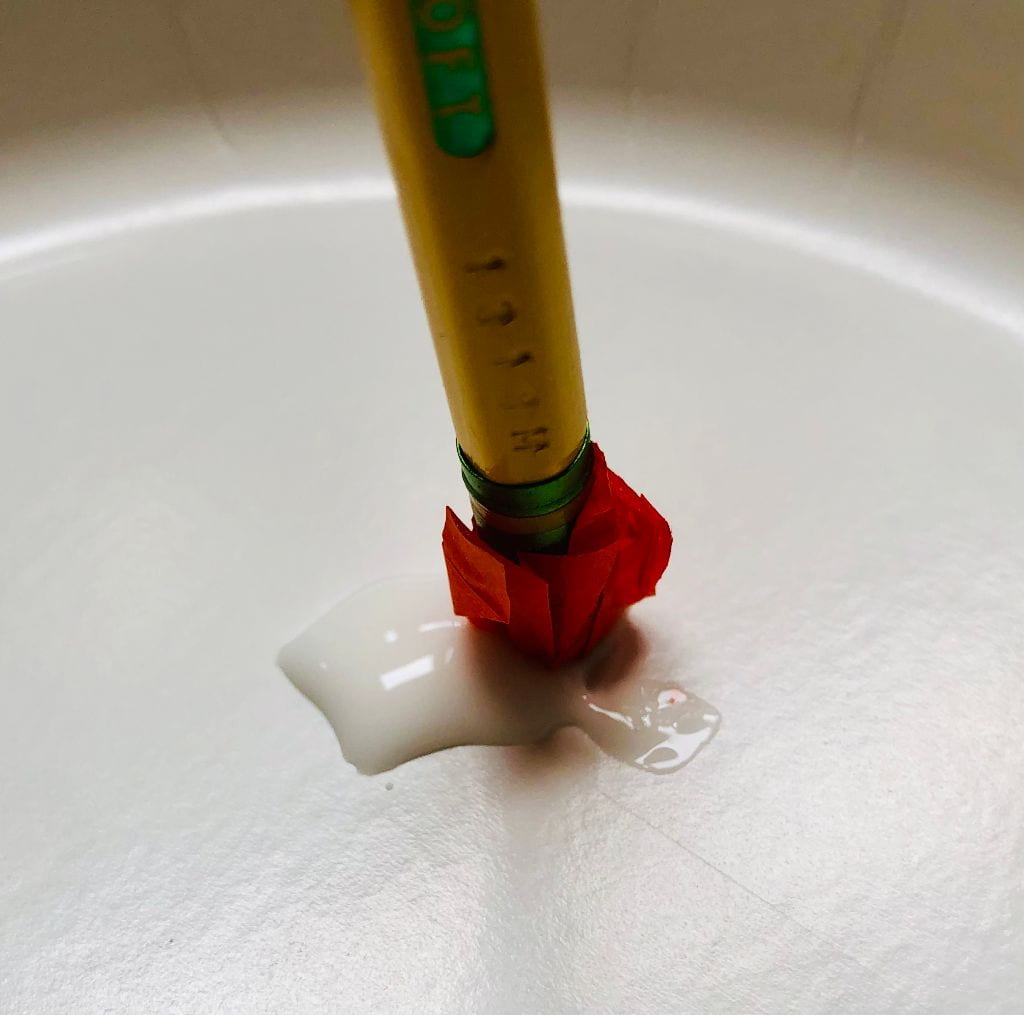
Example of all three techniques:
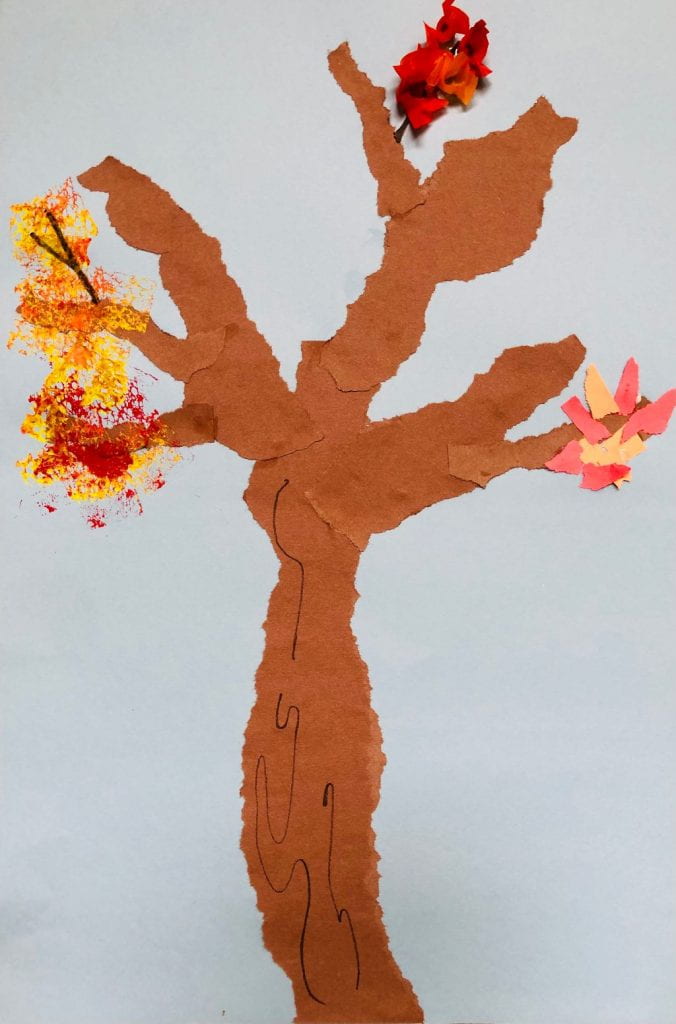
Of course, students can add a ground covering, animals, or objects in the sky to complete their masterpieces. Remember, it’s the process, not the product!
A tree is always lifting its arms in praise!
An Attitude of Gratitude
I’m Thankful Each Day by PK Halinan is one of my favorite children’s books about the concept of gratitude. Although it is a fitting book to use around Thanksgiving, this delightful story is appropriate to read anytime.

Safeshare link for video below:
He also wrote Let’s be Thankful.

Create a class book in which each student contributes a page for something he/she is thankful. At home, ask your child to take photographs of people, places, events, animals or items for which he/she is thankful, print them, and make a book. Write text on each page. It will be a sweet keepsake to read each Thanksgiving.
Science Investigation for Home or School
Ask your child (or students) what he/she thinks happens to leaves after they fall to the ground? Why aren’t there piles of leaves on the ground forever? God has a plan for those leaves! Try this investigation. Collect some leaves that have recently fallen and discuss how the leaves feel. Place the leaves on a tray or in a shallow box and check back every few days. How have they changed? Do they feel the same now? Can they crumble? Why? If you had piles of leaves did the leaves at the bottom dry as quickly as those on top? Scientists observe and question.
Three days later:
Leaves decompose and enrich the soil. They are biodegradable. Decomposers, such as microbes, worms, and some insects, break down dead plant matter.
Why do gardeners love leaves? Watch this video to find the answers.
Safeshare link for the video below:
